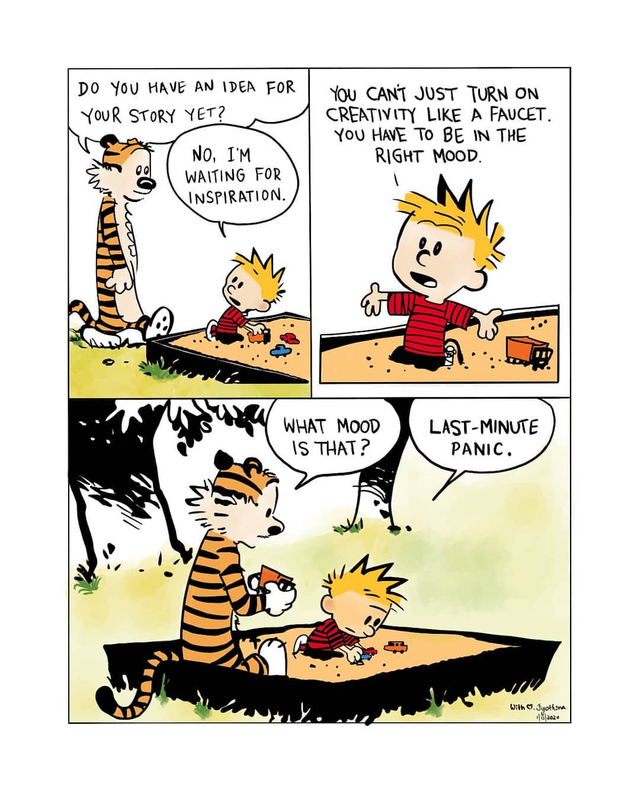ES242. Data Structures and Algorithms I. Quiz 02 Solutions
ES242. Data Structures and Algorithms I.
Quiz 02 Solutions
Released: 12 Jan, 2023
If p is the address of a node in a doubly linked list L, then:
next(p)is the address of the next node in the linked listprev(p)is the address of the previous node in the linked listdata(p)is the information contained in the the node at addressp
Note that:
- if
pis the address of the first node inLthenprev(p)isNULL. - if
pis the address of the last node inLthennext(p)isNULL.
Also, data(p), next(p) and prev(p) returns a sensible value only if p is not NULL, otherwise they are UNDEFINED.
If L is a linked list with five elements and p is the address of the third element, then what does next(prev(next(next(p)))) represent?
- Address of the 1st element
- Address of the 2nd element
- Address of the 3rd element
- Address of the 4th element
- Address of the 5th element
UNDEFINED
If L is a linked list with five elements and p is the address of the third element, then what does data(prev(prev(next(p)))) represent?
- Data of the 1st element
- Data of the 2nd element
- Data of the 3rd element
- Data of the 4th element
- Data of the 5th element
UNDEFINED
For the first part:
next(prev(next(next(p)))) = next(prev(next(next(3)))) = next(prev(next(4))) = next(prev(5)) = next(4) = 5
For the second part:
data(prev(prev(next(p)))) = data(prev(prev(next(3)))) = data(prev(prev(4))) = data(prev(3)) = data(2)
Suppose A is the adjacency matrix of a simple undirected graph G=(V,E) with n vertices given by {1,2,…,n}, that is,
A[i,j]={10if (i,j)∈E,if (i,j)∈/E.
Note that A[i,i]=0 for all i∈{1,2,…,n} since G is simple.
Suppose (i,j)∈E for some i,j∈{1,2,…,n}, i=j. Let k denote the number of vertices that are adjacent to both i and j.
What is the value of A2[i,j]?
- 0
- 1
- k
- k+1
Suppose (i,j)∈/E for some i,j∈{1,2,…,n}, i=j. Let k denote the number of vertices that are adjacent to both i and j.
What is the value of A2[i,j]?
- 0
- 1
- k
- k+1
A2[i,j]=k irrespective of whether (i,j)∈E or not. Notice that the entry in the i-th row and j-th column of A2 is the product of the i-th row of A and the j-th column of A, and the only terms that are not zeroed-out in this product are those that correspond to vertices adjacent to both i and j. Note that both i and j are not adjacent to themselves, which is why their adjacency (or lack of it) does not change the final answer.
Suppose every vertex of a graph G on n vertices has d neighbors.
What is the size of the edge list?
- d⋅n
- d⋅n/2
- 2d⋅n
- (d+n)
Is it possible that both d and n are odd?
- Yes
- No
If every vertex has d neighbors then there are d edges incident to all the n vertices in the graph. Thus we have dn edges but with each edge counted exactly twice: in particular the edge (u,v) gets counted as being one of the edges incident on u and one of the edges incident on v. Therefore the total number of edges, and therefore the size of the edge list, is d⋅n/2.
Since the total number of edges in any graph is a whole number, and is given by d⋅n/2, it is not possible that both d and n are odd.

